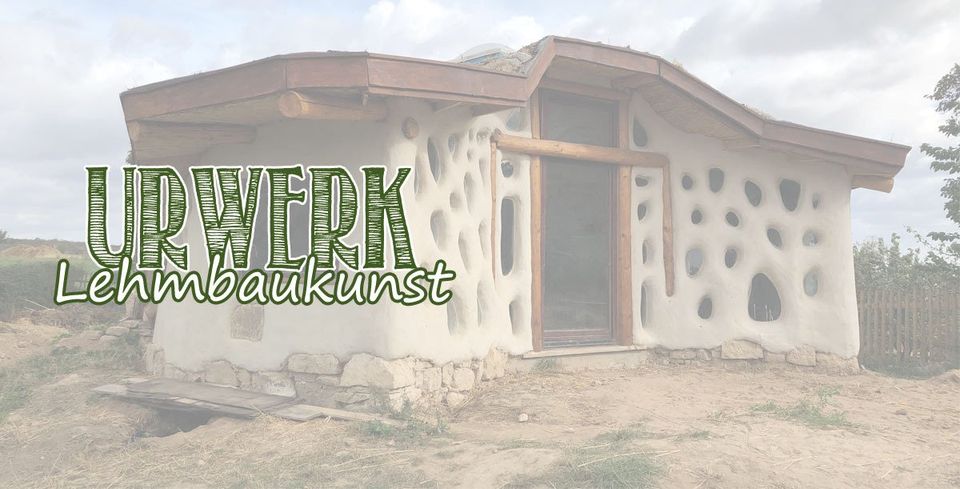Clay
Clay

Next to wood, clay is the oldest building material in the world. Over the course of history, more people have lived in earthen buildings than any other kind of housing, and a third of humankind still does.
That doesn't mean a clay house has to be primitve. The building industry is rediscovering the ancient stuff, and modern earthen buildings only differ from their conventional contemporaries in their pleasant indoor climate.
Especially for self-builders, and for small buildings with an individual character, clay has special advantages:
In can be sculpted into any shape, it's load-bearing, fire proof and re-usable, and since it occours naturally almost everywhere in the world, it's dirt cheap.
In can be sculpted into any shape, it's load-bearing, fire proof and re-usable, and since it occours naturally almost everywhere in the world, it's dirt cheap.
The most beautiful of its many properties, though, is its accessability: Any child can learn how to build with clay in no time at all, and the practical work with this material grounds and quiets people, and encourages them to trust in their creative abilities.
Wherever it's technically feasible, Urwerk buildings are made from untreated, natural materials.
Straw for insulation, ruond wood for beams and posts, casein paint for the walls, natural stones or rubble for the foundations and stem walls.
Only in those places where it's really necessary, more modern materials are used, for exaple pond plastic liner for the turf roofs, and of course water pipes and electrical equipment, if those are to be present.
Besides that, another big aspect is recycling:
Large-scale advertising posters, as they are used on the side of buildings are made from a tough, weatherproof plastic, yet their destiny after a few months is the dumpster. In a garden hut's green roof, it can find a new life.
Doors and windows are often trashed when they're replaced. Luckily, many carpenters know it better nowadays, and refurbish the things. That' a source of cheap quality parts, and it helps drain the garbage flood.

